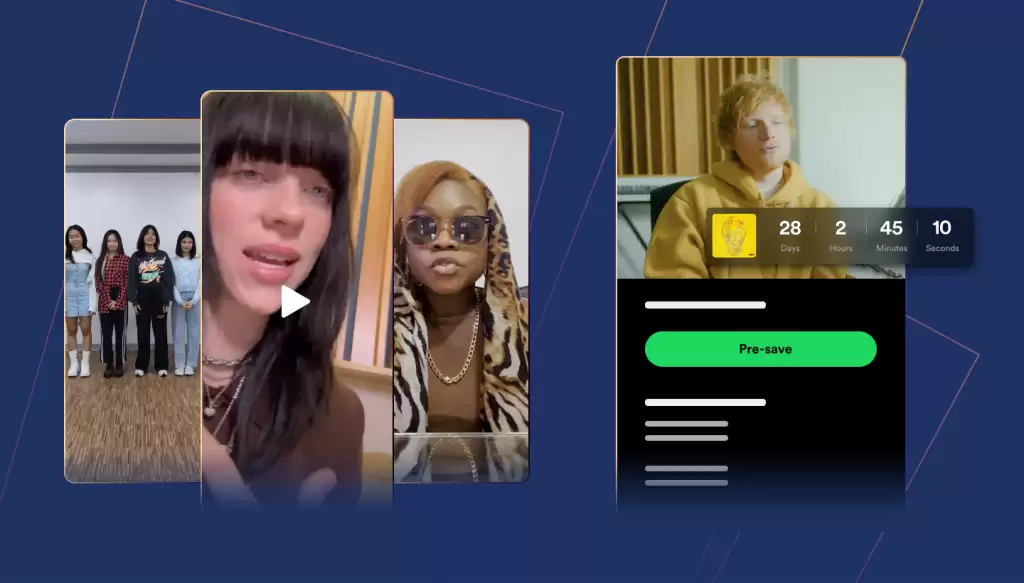Spotify’s Record-Breaking Payouts to the Music Industry
Spotify has released its annual Loud & Clear report, revealing that the streaming giant paid out a record-breaking $10 billion to the music industry in 2024.
This figure, the highest ever disbursed by a single company in one year, brings Spotify’s total royalty payments to approximately $60 billion since its inception.
Despite these commendable payouts, artists—particularly independent musicians—are still demanding fairer compensation.
Streaming Growth and Rising Artist Royalties
Music streaming continues to expand, with over 500 million paying subscribers globally. According to Spotify’s report:
- Nearly 1,500 artists earned over $1 million from the platform in 2024.
- More than 12,500 artists generated at least $100,000 in royalties.
- Nearly a quarter of these six-figure earners had not been professionally releasing music just five years ago, proving how streaming has reshaped artist success.
Spotify also highlighted its global reach, revealing that:
- Over half of artists earning at least $1,000 made most of their revenue from international streams.
- At the $100,000 level, more than 80% of artists collaborated with musicians from other countries.
- Artists earning $1 million or more recorded songs in 17 different languages, more than double the number from 2017.

Women in Music and Independent Artist Success
Female artists have seen a significant rise in earnings, with those making over $1 million quadrupling since 2017. Countries like Canada, South Korea, Sweden, and Argentina have shown particularly strong female representation among top earners.
Independent artists and labels have also thrived, collectively earning over $5 billion from Spotify in 2024—nearly half of all royalties paid by the platform. Spotify cites this as proof that musicians can succeed without major-label backing in the streaming era.
Artist Complaints and Push for Fair Compensation
Despite Spotify’s record-breaking payouts, the company remains at the center of debates over fair artist compensation.
Songwriters and Musicians Protest Spotify’s Policies
READ ALSO: Spotify Hikes Premium Subscription Fees by Over 40% Amid Industry-Wide Price Increases
- Earlier this year, Grammy-nominated songwriters boycotted Spotify’s Songwriter of the Year Grammy party, protesting reduced royalties.
- A policy change by the platform is estimated to cost songwriters around $150 million annually.
Comparing Streaming Payouts
A report from Duetti found that Spotify’s payout per 1,000 streams is lower than its competitors:
- Apple Music: $8.80
- Amazon Music: $6.20
- YouTube: $4.80
- Spotify: $3.00
Spotify has dismissed these findings, stating that “these claims are ridiculous and unfounded”, reiterating that “no streaming service pays per stream.”
The company maintains that royalties are paid based on streamshare—the proportion of total streams an artist receives—rather than a fixed per-stream rate.

Regulatory Push for Higher Streaming Royalties
The Union of Musicians and Allied Workers (UMAW) is advocating for regulatory changes to increase artist payouts. In 2023, U.S. lawmakers introduced the Living Wage for Musicians Act, which proposes raising streaming royalties to one cent per stream.
UMAW continues to challenge Spotify, arguing: “Spotify pays $0 directly to recording artists because the company claims its streaming model falls under no existing regulation requiring direct payments to musicians.”
Spotify, however, defends its model, pointing out that the number of artists earning between $1,000 and $10 million annually has tripled since 2017. Additionally, 80% of Spotify’s top-earning artists have never appeared on the Global Daily Top 50, proving that success is no longer dependent on mainstream charts.
The Future of Artist Compensation in Streaming
As streaming revenue grows, the conversation around fair pay for artists will likely intensify. While Spotify’s record-breaking payouts highlight the platform’s financial impact on the industry, artist groups continue to push for better royalties and direct payments.
With increasing global reach and competition from rival platforms, the debate over fair compensation in the streaming era is far from over.



